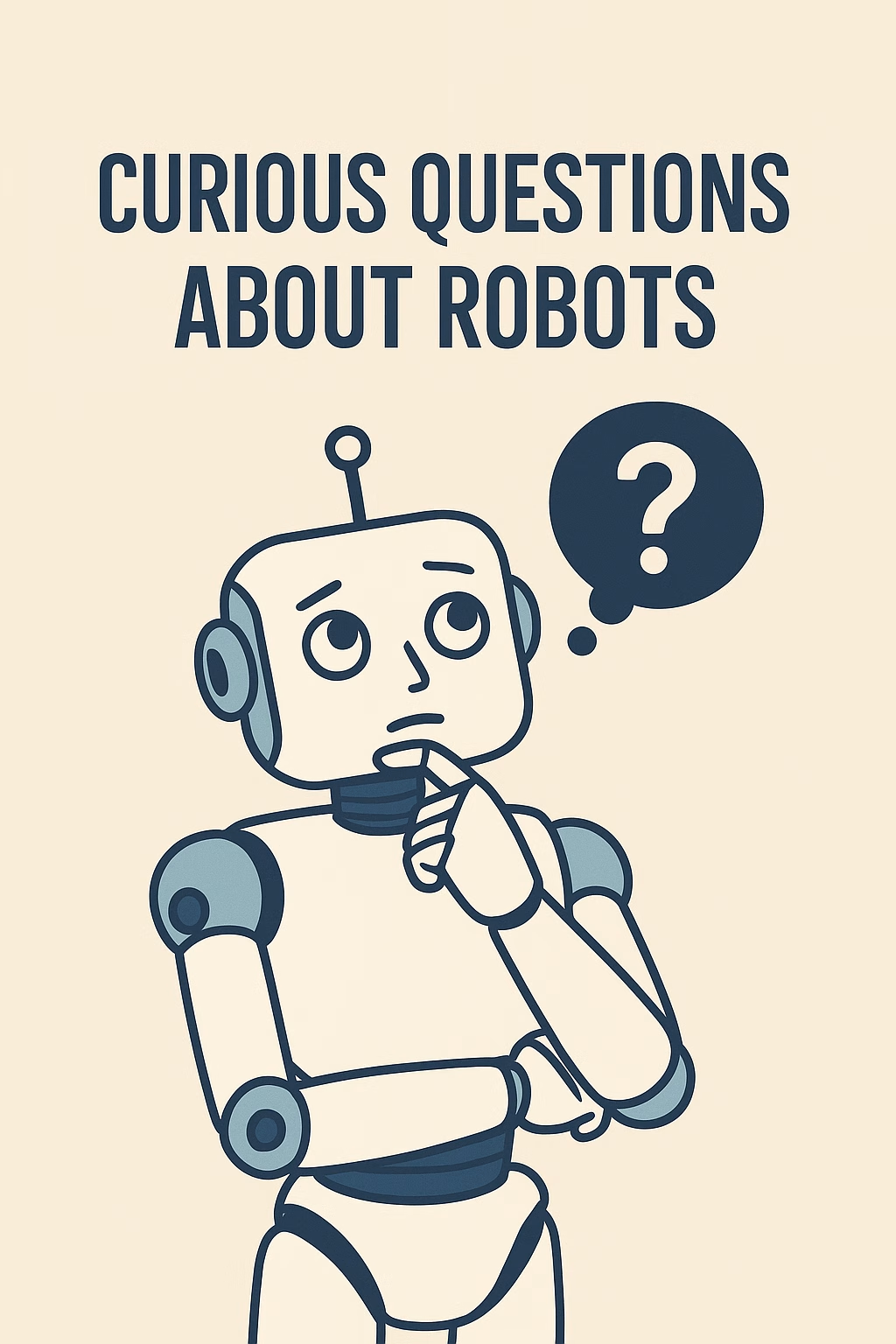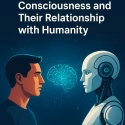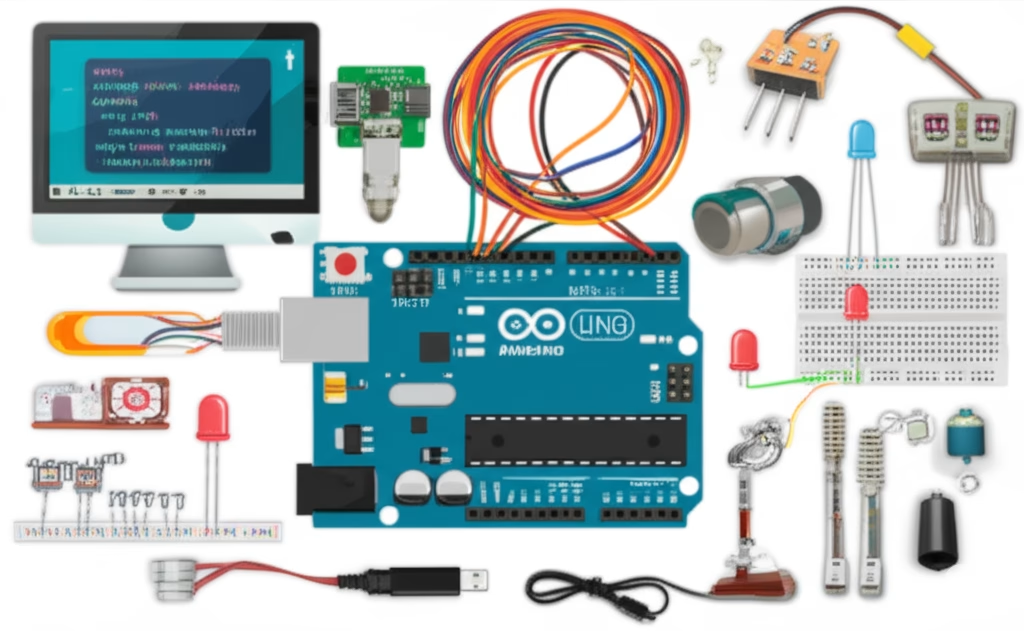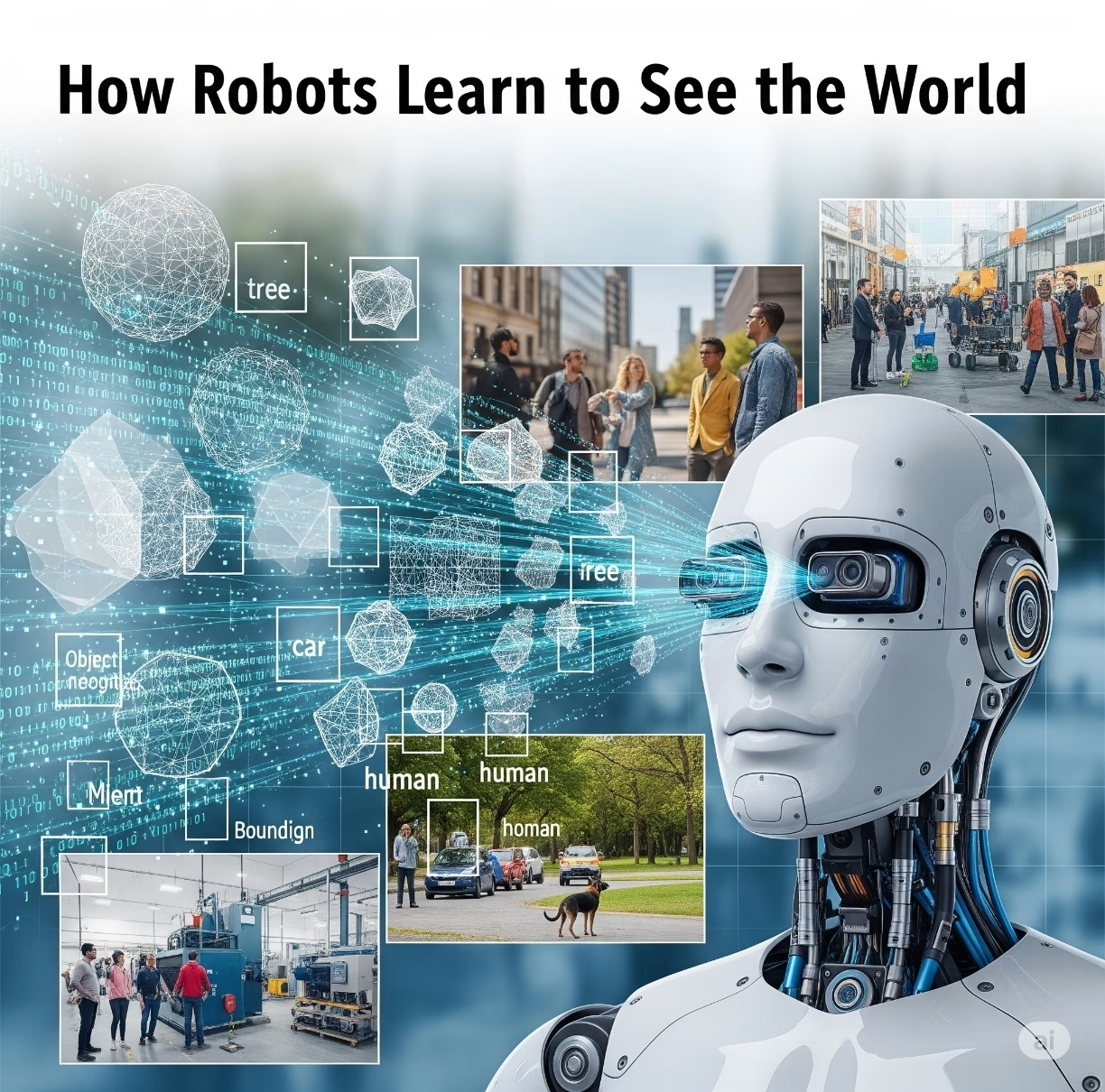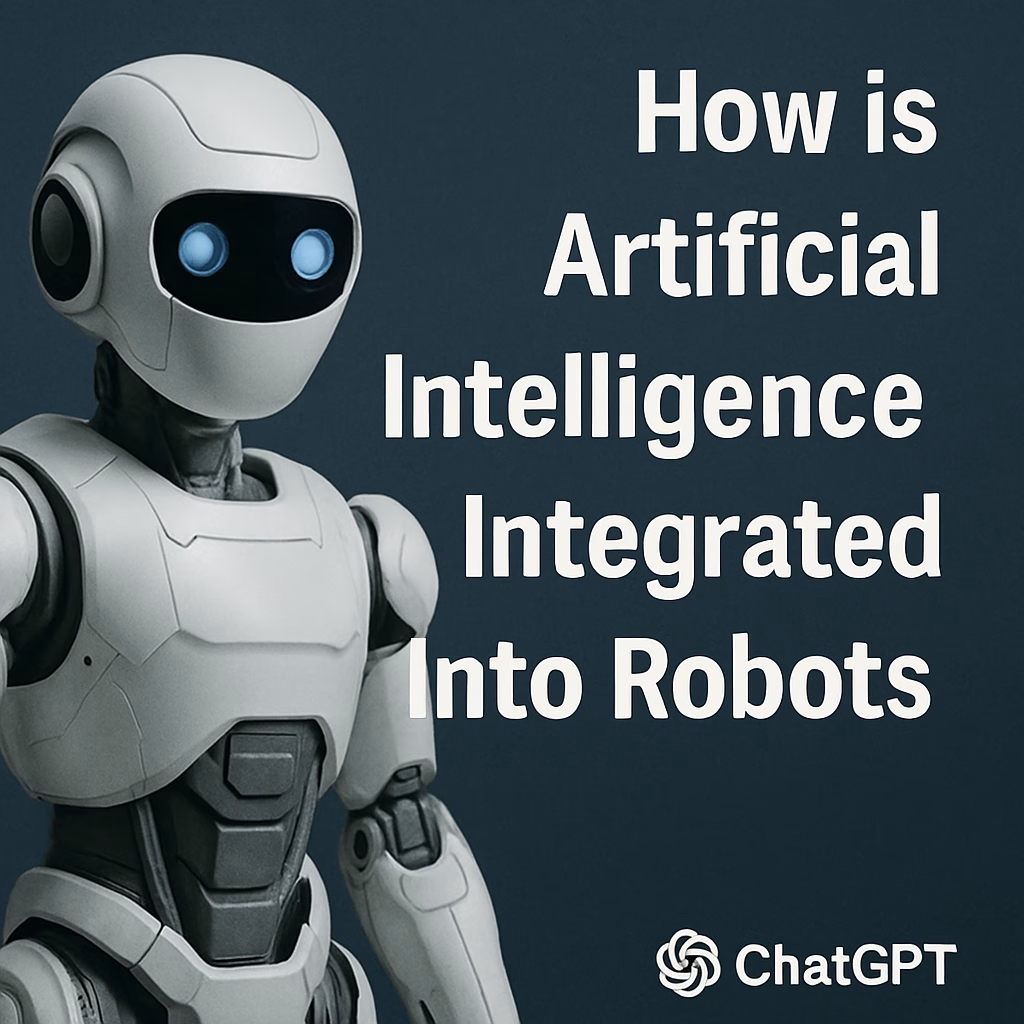Exploring What Everyone Wants to Know About the Future of Machines

🧠 1. Can Robots Think Like Humans?
Q: Do robots actually “think,” or are they just following orders?
A: Robots do not “think” in the human sense. Instead, they process data based on algorithms. Advanced robots use Artificial Intelligence (AI), especially Machine Learning (ML), to analyze patterns and make predictions. For example, a robot vacuum doesn’t “decide” to clean the living room — it detects dirt levels and follows a map.
However, recent AI models like ChatGPT or autonomous vehicles show that robots can simulate decision-making in complex environments. Still, they lack consciousness, emotions, or self-awareness.
💡 Fun Fact: Some researchers are developing “neuromorphic chips” to help robots mimic how human neurons fire — a possible path toward brain-like processing.
🛠️ 2. How Are Robots Built?
Q: What are the basic parts of a robot?
A: A typical robot consists of:
- Sensors (eyes/ears) – to detect the environment
- Actuators (muscles) – to move parts
- Controllers (brain) – to process data
- Power Source – like a battery
- Body/Frame – holds everything together
For example, a robotic arm in a factory has sensors to detect object positions, motors to move joints, and a controller that coordinates the movement based on programmed instructions.
🧰 Want to build one? You can start with Arduino-based kits to make line-following or obstacle-avoiding robots!
👨🏫 3. Can Robots Learn?
Q: Do robots get smarter over time?
A: Some do! Robots with Machine Learning capabilities can improve with experience. For example, a delivery robot might learn the fastest path in a crowded building by repeating the task.
There are different types of learning:
- Supervised learning: Robot is trained with labeled data.
- Reinforcement learning: Robot learns by trial and error (like training a dog!).
- Imitation learning: Robot copies human movements or decisions.
🧠 Real-Life Use: Boston Dynamics’ robots can now perform parkour and navigate unfamiliar terrain using reinforcement learning and real-time data.
👪 4. Will Robots Take Our Jobs?
Q: Should we be worried about robots replacing humans?
A: Yes and no. Robots are already taking over repetitive, dangerous, or precision-based jobs — like welding, data entry, or bomb disposal. But this also opens new opportunities in robot maintenance, design, and AI ethics.
Jobs requiring creativity, empathy, and human judgment (like teachers, therapists, or artists) are much harder to automate.
🔍 Stat: According to the World Economic Forum, AI and robotics will create 97 million new jobs globally by 2025, while displacing 85 million.
🌍 5. Are There Robots in Everyday Life?
Q: Do we really interact with robots daily?
A: Absolutely! You may not notice, but robots are everywhere:
- Smart assistants like Alexa or Siri
- Cleaning bots like Roomba
- ATM cash dispensers
- Chatbots on websites
- Self-checkout systems in stores
Even cars with advanced driver assistance systems (ADAS) use robotic logic to park or brake automatically.
📱 Next time you say “Hey Google,” you’re talking to a form of robot!
🚀 6. Can Robots Feel Emotions?
Q: Will robots ever have feelings?
A: Not yet — and possibly never like humans do. Some robots can simulate emotional responses (like smiling or crying), but they don’t feel emotions. Emotional AI can detect how humans feel and respond appropriately, which is useful in customer service or elder care.
True emotional intelligence — including love, fear, or empathy — remains uniquely human.
⚖️ 7. Should We Trust Robots?
Q: Can robots be dangerous?
A: Robots follow human-coded instructions. If programmed correctly, they are incredibly safe. However, problems can arise:
- Bugs or glitches
- Ethical misuse (e.g., in surveillance or warfare)
- Bias in AI decision-making
That’s why fields like AI ethics and robotic law are growing. Building responsible robots includes programming fairness, transparency, and safety.
🔒 Tip: Always know what data your smart devices are collecting!
🔮 8. What Is the Future of Robots?
Q: What will robots look like in 10–20 years?
A: Expect more human-like, adaptive, and emotionally responsive robots.
Predictions include:
- Healthcare assistants for elderly care
- Swarm robots for space exploration
- Personal AI companions that talk, remember, and help you emotionally
- Biohybrid robots with living tissues
🌐 The boundary between biological and robotic intelligence may blur in the future.
🎓 Conclusion:
Robots are no longer just science fiction. From your living room to Mars, they are reshaping our world. As we build smarter and more autonomous machines, the real question is not “What can robots do?”, but “How will we live with them?”
